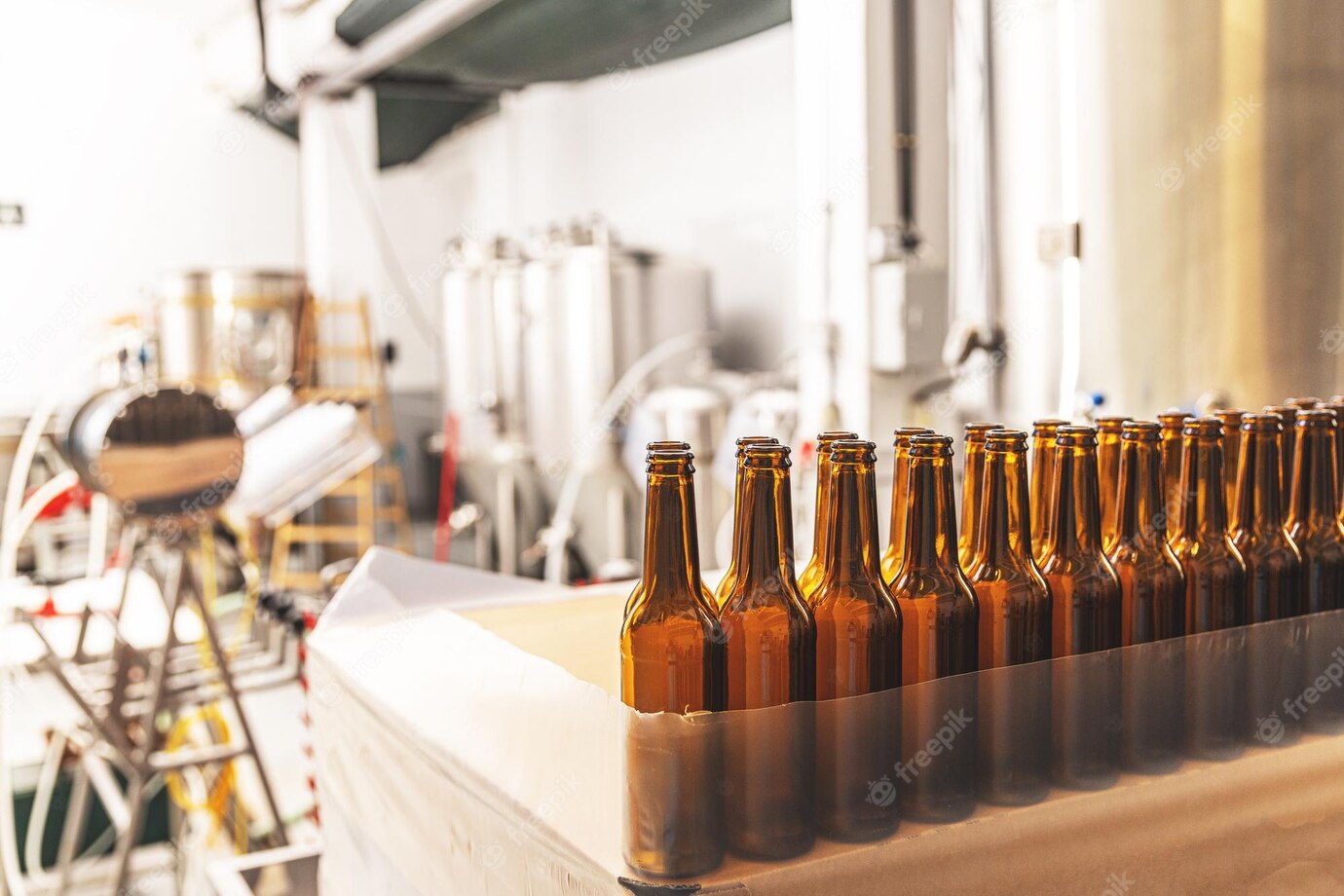Brew perfect beer every time with these expert tips on using different water profiles for different beers!
Brewing beer is a complex process that can have a serious impact on the quality, taste and drinkability of the beer. To make the perfect beer, brewers need to have a comprehensive knowledge of the different water profiles used for different beers. This article aims to explore the different water profiles and how they may be used for brewing different styles of beer. We will discuss the differences between brewing with distilled, mineralized or filtered water, as well as the types of water that create the best results for different beer varieties.
Using Different Water Profiles for Different Beers
If you are a homebrewer, you may be aware that the pH and mineral content of water can greatly influence the flavor of beer. This is why professionals in the brewing industry often use different water profiles for different beers to achieve the flavor, body and bitterness levels desired for each recipe. In this article, we will explore the importance of water in beer and why it is beneficial to use different water profiles for different beer styles.
What Influences the Flavor of Beer?
Beer is composed of water, malt, hops and yeast. Often, people think of the malt and hops when discussing the flavors of beer, however, the quality and composition of the water used to make beer is just as important. Water can influence the pH of the beer, which can affect the beer’s bitterness level, as well as its body and mouthfeel. Additionally, certain minerals and salts in the water can enhance malt-derived flavor. Thus, if the water profile used to make beer is unique, it will impart unique flavors with each beer.
Benefits of Using Different Water Profiles for Different Beers
The ability to fine-tune the water to suit each beer style is a major benefit of using different water profiles. Professional brewers are able to adjust the pH and mineral levels of the water to achieve their desired flavor profiles for each beer. For example, malt-forward beer styles such as pale ales and IPAs often benefit from a higher pH and the addition of calcium, which helps bring out the malt-derived flavor. Alternatively, for beer recipes that are hop heavy, a lower pH and the inclusion of sulfates can enhance hop flavor.
Another reason for varying your water profiles for different beers is to minimize the risk of contamination. Different beer styles require different mashing temperatures and pH levels. The robust body and maltiness of a stout may require a higher pH than a pale ale. Therefore, if the same water were used, the beer would be over-bittered or astringent due to the higher mash pH. Varying the water profiles allows you to create the perfect flavor of each beer without risk of contamination.
Choosing a Water Profile for Your Beer
The type of water profile you choose for your beer will depend on the style of beer you are brewing. As a general rule, if you are making a malty beer, you will want to use a water profile that is relatively high in calcium and bicarbonate, with a slightly lower pH. If you are making a pale-style beer, you will likely want to use a profile that is lower in calcium, higher in sulfates and has a slightly higher pH. If you are making a beer that is heavily hopped, you will likely want to use a profile that is low in calcium, high in sulfates and has a lower pH.
- Malty Beers: water profile should be high in calcium and bicarbonate, with a slightly lower pH.
- Pale-Style Beers: water profile should be low in calcium, high in sulfates and with a slightly higher pH.
- Hoppy Beers: water profile should be low in calcium, high in sulfates, and with a lower pH.
Tailoring Your Water Profile to Beer Style
Adjusting the water profile to suit the beer style is a skill that comes with practice. It is important to remember, however, that the water profile should not be the only factor in determining the style of beer you make. Other variables such as grain bill, hop profile and yeast strain will also have a significant impact on your beer’s flavor profile.
One way to learn the effects of different water profiles on beer is to do side-by-side brewing experiments with your recipes. This can help you determine the best water profile for each beer. For instance, you can brew the same beer with two different water profiles and then compare the flavor and mouthfeel of the finished beer.
Conclusion
Water is an important element in brewing beer, as it can affect the flavor, bitterness levels, body and mouthfeel. Professional brewers often use different water profiles for different beer styles to achieve the desired flavor profile. With careful experimentation, homebrewers can also learn to tailor their water profiles to optimize their beers.

